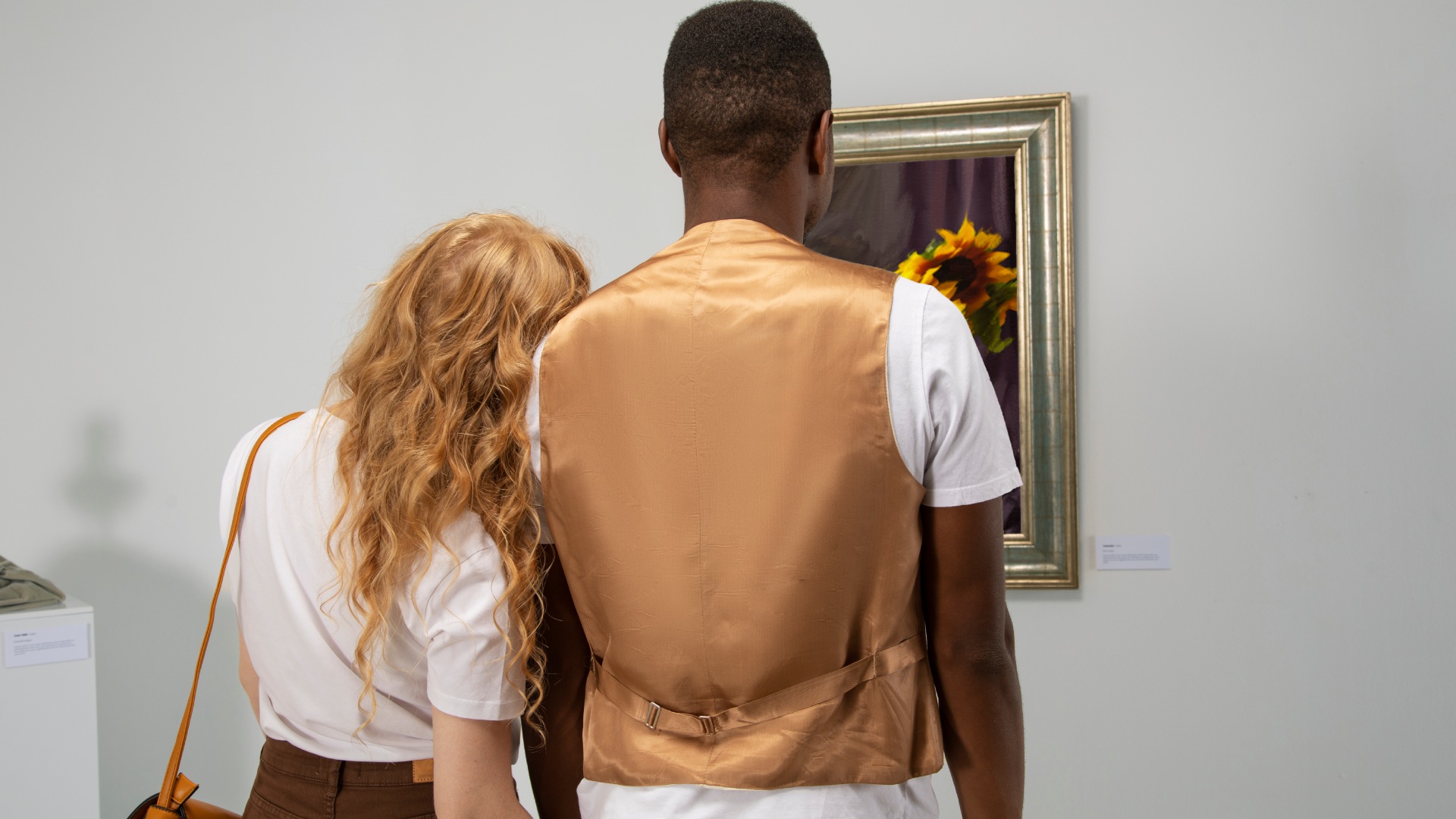The Unexpected Sanctuary of Museums
There’s no need to visit a thermal bath or a luxurious spa to soothe your body and mind. An unexpected place that can restore inner peace is the museum, filled with master paintings and contemporary sculptures rather than whirlpool baths or sensory showers. Wandering through a museum can provide as much well-being as a jojoba oil massage, if not more.
A New Perspective on Museums
Many people still have vivid memories of museum outings during their school years, which were often as dull as they were educational. Dragging their feet every time they had to go, they almost missed the lessons on Pythagoras. The guide’s monotonous explanations acted like a lullaby, and the sandman seemed to be hiding behind each canvas. Touching the works with their eyes, making their own interpretations, and simply contemplating. In their younger years, cultural outings put them to sleep rather than energizing them. They didn’t exactly jump for joy when the teacher announced a visit to the museum.
Yet today, museums attract large crowds, and lines can be endless, requiring bookings weeks in advance. Visiting a museum isn’t an activity reserved for philosophy teachers or thesis writers. Whether to relieve boredom or out of genuine interest, ordinary people flock there. They leave museums as refreshed as after an hour in a hot tub.
A Space for Reflection and Relaxation
Strolling slowly through the museum, gazing at masterpieces, silence reigns, broken only by the murmurs of visitors or the soft footsteps on polished parquet floors. In this timeless space, everything slows down—our breathing, our thoughts, and even our heart rate. Visiting a museum isn’t about “killing time,” it’s about appreciating it.
Art as a Form of Therapy
Whether it’s a futuristic museum featuring 2.0 works or a traditional one where history is told in every corner and brushstroke, the museum is good for the eyes and the soul. It serves as a refuge on rainy days and an eloquent cocoon where all is contemplation, offering a soothing interlude in a hectic daily life.
A meta-analysis conducted by Katherine and James Pawelski, researchers at the University of Pennsylvania, compiled hundreds of scientific articles to confirm that art acts as an emotion regulator. The findings suggest that a museum visit can lower levels of cortisol (the stress hormone) and boost the production of serotonin, the famous “happy hormone.” In other words, visiting a museum isn’t just about enriching your gray matter—it’s about nourishing your entire being.
Emotional Release Through Art
After spending an hour in front of artworks, reading the signs, or letting their imagination run wild, many people feel a form of emotional release similar to what they experience after a meditation session. It’s no wonder that museums are now used as backdrops for Pilates or yoga classes.
Museums as Prescribed Healing
Some people still avoid museums, thinking they’re only for students in loafers or slightly off-the-wall artists. Yet, the museum can be written in capital letters on a prescription, like a box of medicine. Instead of running to the pharmacy or onto the therapist’s couch, people in the throes of malaise can heal themselves on the benches of museums.
The concept may seem unusual, but it’s already established in several countries. Since 2018, the French-speaking Doctors of Canada Association has launched a pilot project: offering certain patients visits to the museum upon medical prescription. A partnership with the Montreal Museum of Fine Arts has given people suffering from depression, chronic pain, or burnout free access to exhibitions. The idea is simple: to rekindle the connection to beauty, life, and wonder. This initiative is slowly spreading across borders and has already become widespread in the Yvelines region.
A Therapeutic Experience
Visiting museums, losing yourself in this maze of works, sometimes conceptual, sometimes realistic, being moved by a painted scene, a bust, or a period photograph. It’s not just a Sunday distraction or an intellectual hobby—it’s a therapeutic activity. Enough to put a lasting smile on people’s faces.







